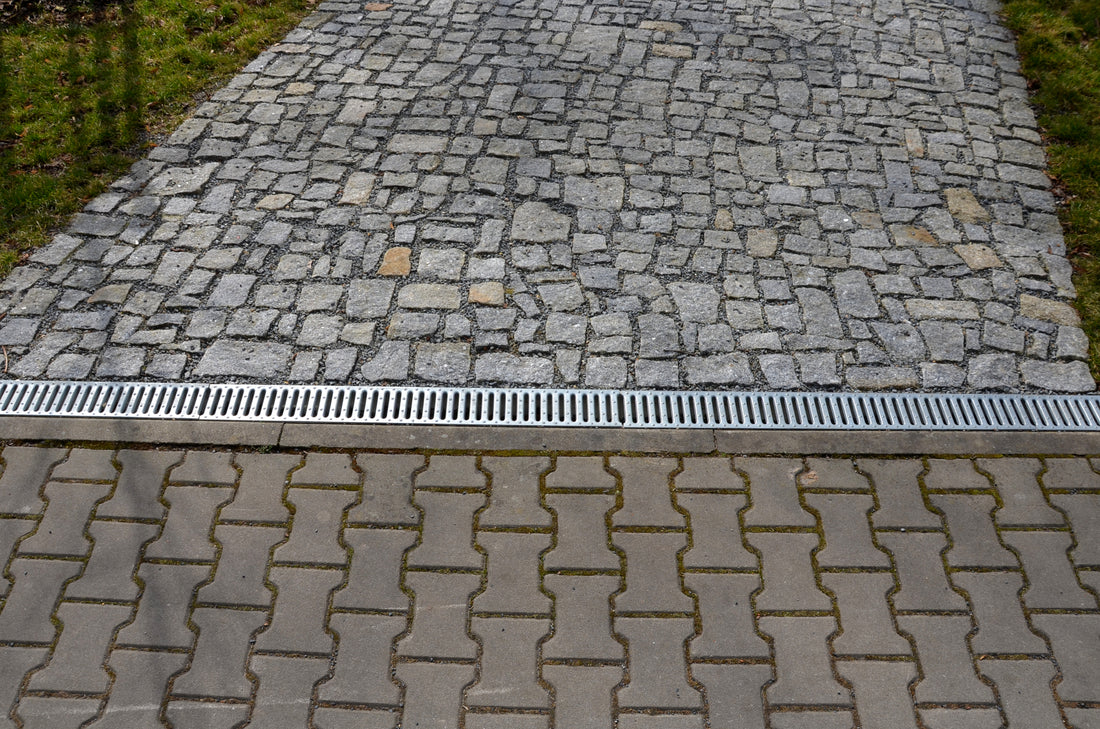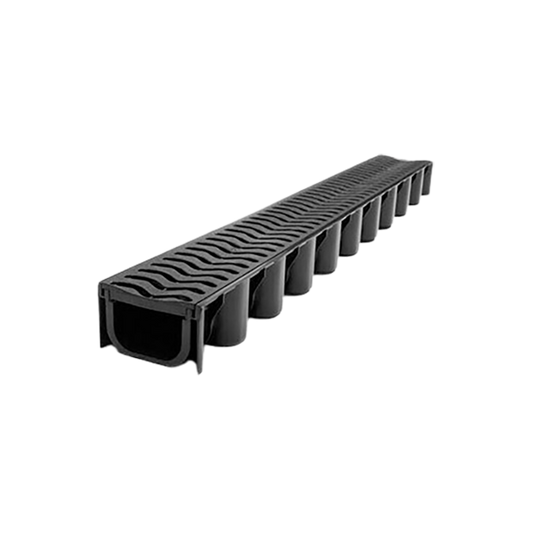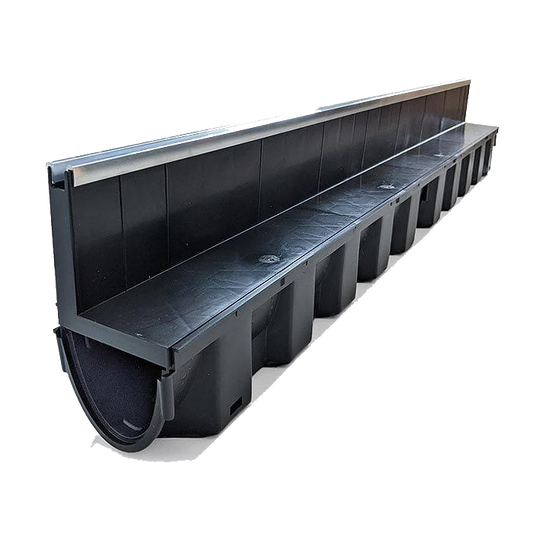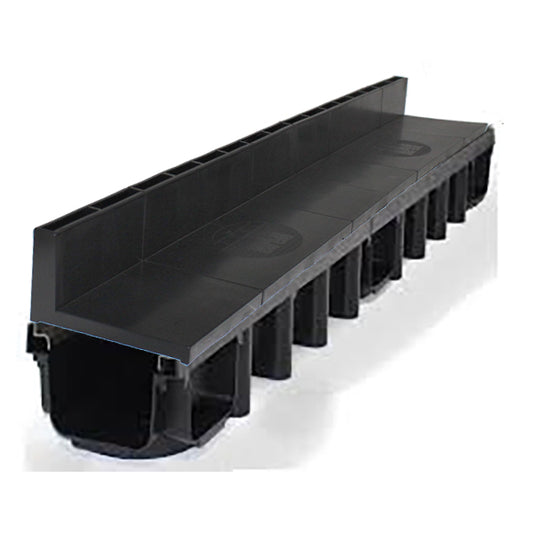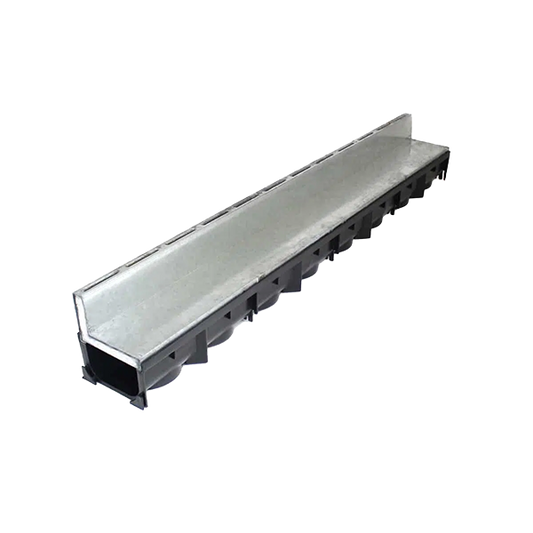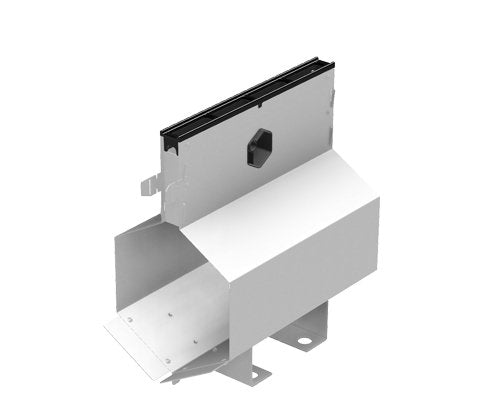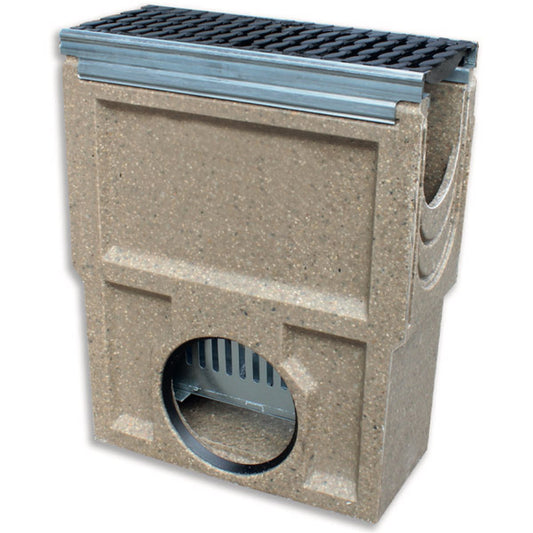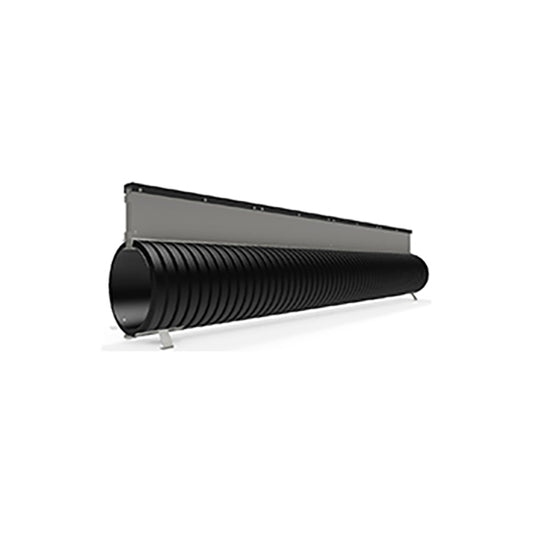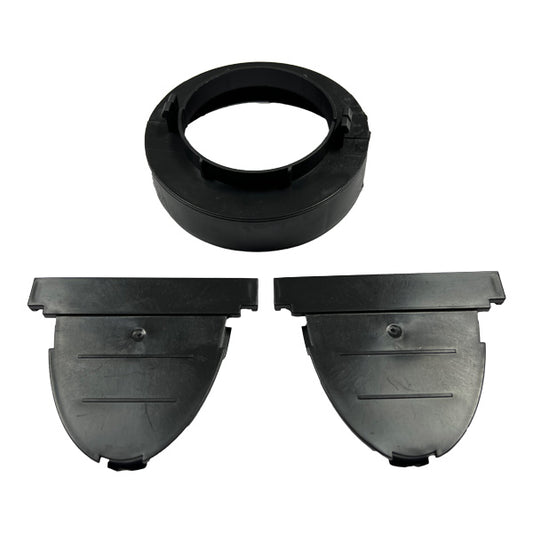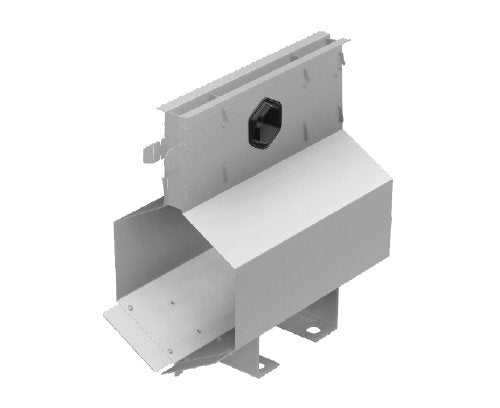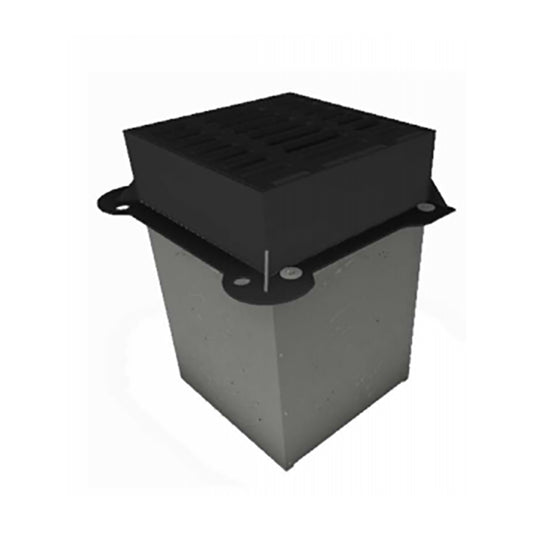At Cotterill Civils we supply a wide range of channel drain that supports the management of stormwater runoff and flood prevention. Over time channel drains can accumulate waste and debris, increasing the risk of blockages.
It’s important to maintain channel drains but how do you do it, and why is it important?
In this blog we will discover the importance of maintaining a channel drain, followed by a step by step guide on how to execute this. Thankfully, channel drains are super easy to clean!
Why should you clean channel drains?
For channel drain to function properly, it needs to be clear from obstacles to effectively manage stormwater and limit the risk of overspill. As they are typically installed in areas such as driveways, patios and gardens, they should effectively control the flow by decreasing the stress on drainage systems. However, it is easy for channel drains to become clogged if not properly maintained.
Common problems that can occur with poorly maintained channel drains consist of the following.
Clogging/Blockages:
Over time, the accumulation of debris can lead to clogs within the drain. These blockages can eventually lead to flooding as they obstruct water flow and cause pooling on top of surfaces.
Structural Damage:
Poorly maintained channel drains can result in standing water on top of surfaces, which can result in structural damage to concrete surfaces, pavements and building foundations. This damage may require expensive repairs.
Foul Odors:
Trapped debris can begin to decompose within the channel drain, producing foul odors. These odors can attract pests and insects ultimately creating an unpleasant area.
Erosion:
If channel drains can not adequately control water runoff due to being poorly maintained, this will increase the risk of erosion. Erosion can affect the stability of slopes and embankments, posing a safety risk.
Water Damage:
The overflow from flooded channel drains can seep into building foundations and cause damage to flooring and walls.
Neglected channel drains can lead to a number of problems that will damage drainage systems and jeopardise property structures. Without proper maintenance, you are looking at costly repairs and inefficient channel drains. Regular cleaning and inspection is required for channel drains to perform efficiently and prevent the above issues.
How to clean a channel drain?
To maintain optimal function, follow this 5 step guide on how to clean your channel drain.
Step 1. Lift the channel drain cover
- depending on the model of your channel drain, it should be simple to unlock. You may require specific tools such as a screwdriver, however always check your model with the manufacturer to avoid damage.
Step 2. Remove any debris in the channel drain
- use a garden trowel or brush to remove accumulated debris such as twigs, pebbles and leaves. For finer debris, use a trusty dustpan and brush. Always check the sump feature at the end of the channel drain as this acts as a filter to protect the main drainage systems.
Step 3. Rinse the channel with water
- once all debris is removed and the sump is clear, use a hosepipe to rinse the body of the channel and flush away any extra silts.
Step 4. Scrub interior
- you may experience more stubborn forms of debris that don’t flush away from the water. In this instance, use a stiff brush to scrub the interior of the walls in the channel drain. Work the brush up and down the body of the channel to loosen and remove debris.
Step 5. Inspect and reinstall the channel drain cover
- it is important to inspect your channel drain before reassembling for any signs of corrosion, cracks or damage. Once cleaned and checked, reassemble the grated or slotted cover back onto the channel drain. You can test if the channel drain works efficiently by simply pouring water into the drain to check it flows smoothly without obstruction.
Following these 5 steps can ensure you have effectively cleaned your channel drain and allow efficient drainage performance. It will also allow you to avoid or identify any issues early on so you can avoid costly repairs.
How to prevent channel drain blockage?
So you can expand the lifespan of your channel drain and maintain efficiency, you should attempt to incorporate these simple measures.
- Regular Cleaning: You should aim to clean your channel drain every few months or as needed depending on the level of debris build up. Regular cleaning helps prevent buildup and blockages, ensuring optimal drainage performance.
- Maintain Surrounding Area: To limit the amount of debris entering your channel drain, trim trees, shrubs, and other vegetation near the channel drain to prevent extra buildup.
- Invest in Drain Covers: If you are constantly cleaning debris from your channel drain, consider investing into a drain cover with smaller openings. This will prevent smaller debris, such as sand, silt, and sediment, from entering the channel drain.
- Flush with Water: Use a garden hose or pressure washer to flush water through the drain and flush out any sediments or debris caught in the channel drain. Direct the flow from one end to the other to ensure you flush all pieces of debris away.
- Monitor Surrounding Area: Keep an eye out for signs of potential blockages, such as pooling water or slow drainage. In this case, it is important to promptly address any issues to avoid worsening the condition and causing damage to drainage systems.
By regularly implementing these measures and maintaining an effective cleaning process, you can easily prevent blockages and have confidence in the function of your channel drain.
In summary, channel drains are a great solution for managing surface water run off and preventing flooding, erosion and property damage through water accumulation. Channel drains can easily be applied to residential, industrial, commercial and domestic settings to ensure a safe outdoor environment.
How can we help?
At Cotterill Drainage, we supply a wide range of surface water solutions, including channel drain and slot drain.
Our team of specialists can provide you with expert advice. Call us today on 0121 351 3230.
Alternatively, fill out our enquiry form:




